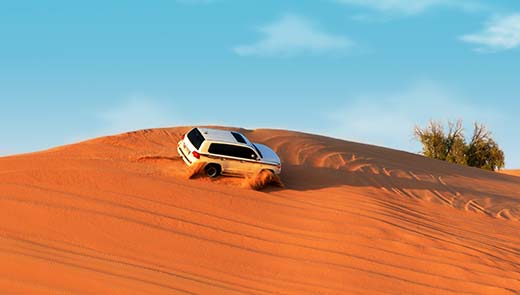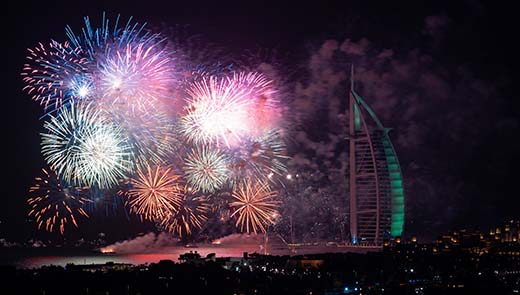Let us take you where
your heart longs to be.....
search
Why choose TripOdeal?
travel
all inclusive
rates
sell
exciting
deals
support_agent
24/7
support
local_dining
authentic
food
bed
clean hotel
rooms
Most Popular Packages
tripOdeal reviews

Popular Domestic Destinations:
New Delhi to Goa flights
|
New Delhi to Mumbai flights
|
New Delhi to Bangalore flights
|
New Delhi to Ahmedabad flights
|
New Delhi to Pune flights
|
New Delhi to Kolkata flights
|
New Delhi to Hyderabad flights
|
New Delhi to Patna flights
|
New Delhi to Srinagar flights
|
New Delhi to Guwahati flights
|
New Delhi to Chennai flights
|
New Delhi to Bagdogra flights
|
New Delhi to Leh flights
|
New Delhi to Ranchi flights
|
Mumbai to New Delhi flights
|
Mumbai to Goa flights
|
Mumbai to Bangalore flights
|
Mumbai to Chennai flights
|
Mumbai to Kolkata flights
|
Mumbai to Hyderabad flights
|
Mumbai to Varanasi flights
|
Mumbai to Lucknow flights
|
Mumbai to Ahmedabad flights
|
Mumbai to Cochin Kochi flights
|
Kolkata to Mumbai flights
|
Kolkata to New Delhi flights
|
Kolkata to Bangalore flights
|
Chennai to Mumbai flights
|
Chennai to New Delhi flights
|
Hyderabad to Mumbai flights
|
Hyderabad to Bangalore flights
|
Hyderabad to New Delhi flights
|
Ahmedabad to Mumbai flights
|
Ahmedabad to New Delhi flights
|
Bangalore to Mumbai flights
|
Bangalore to New Delhi flights
|
Bangalore to Goa flights
|
Bangalore to Hyderabad flights
|
Bangalore to Kolkata flights
|
Bangalore to Pune flights
|
Pune to New Delhi flights
|
Pune to Bangalore flights
|
Goa to Mumbai flights
|
Goa to New Delhi flights
|
Lucknow to Mumbai flights
|
Patna to New Delhi flights
|
Guwahati to New Delhi flights
|
Srinagar to New Delhi flights
|
Varanasi to Mumbai flights
|
Leh to New Delhi flights
Popular International Destinations:
New Delhi to Dubai flights
|
New Delhi to Bangkok flights
|
New Delhi to Kathmandu flights
|
New Delhi to Kuwait flights
|
New Delhi to Riyadh flights
|
New Delhi to Abu Dhabi flights
|
New Delhi to Singapore flights
|
New Delhi to Sharjah flights
|
New Delhi to Doha flights
|
New Delhi to London flights
|
New Delhi to Dammam flights
|
New Delhi to Phuket flights
|
New Delhi to Toronto flights
|
Mumbai to Dubai flights
|
Mumbai to Kuwait flights
|
Mumbai to Bangkok flights
|
Mumbai to Abu Dhabi flights
|
Mumbai to Doha flights
|
Mumbai to Sharjah flights
|
Mumbai to Muscat flights
|
Mumbai to Singapore flights
|
Mumbai to Riyadh flights
|
Kolkata to Bangkok flights
|
Kolkata to Dhaka flights
|
Bangkok to New Delhi flights
|
Bangkok to Kolkata flights
|
Dubai to Mumbai flights
|
Dubai to New Delhi flights
|
Dubai to Ahmedabad flights
|
Dubai to Hyderabad flights
|
Hyderabad to Dubai flights
|
Hyderabad to Kuwait flights
|
Hyderabad to Abu Dhabi flights
|
Chennai to Singapore flights
|
Chennai to Kuwait flights
|
Chennai to Dubai flights
|
Chennai to Colombo flights
|
Tiruchirappalli to Singapore flights
|
Bangalore to Dubai flights
|
Ahmedabad to Dubai flights
|
Pune to Dubai flights
|
Lucknow to Dubai flights
|
Kathmandu to New Delhi flights
|
Cochin Kochi to Dubai flights
|
Cochin Kochi to Abu Dhabi flights
|
Cochin Kochi to Kuwait flights
|
Amritsar to Dubai flights
|
Amritsar to Sharjah flights
|
Kozhikode to Dubai flights
|
Chandigarh to Dubai flights









